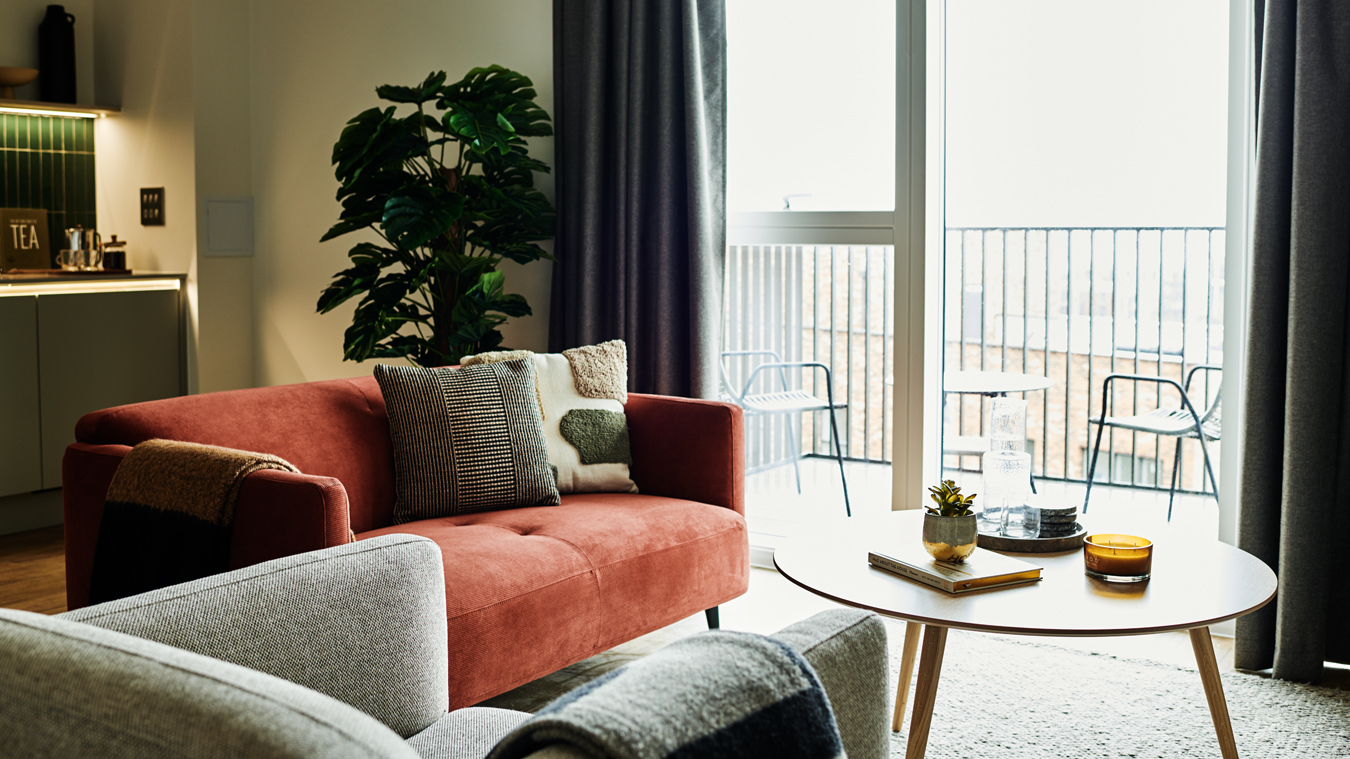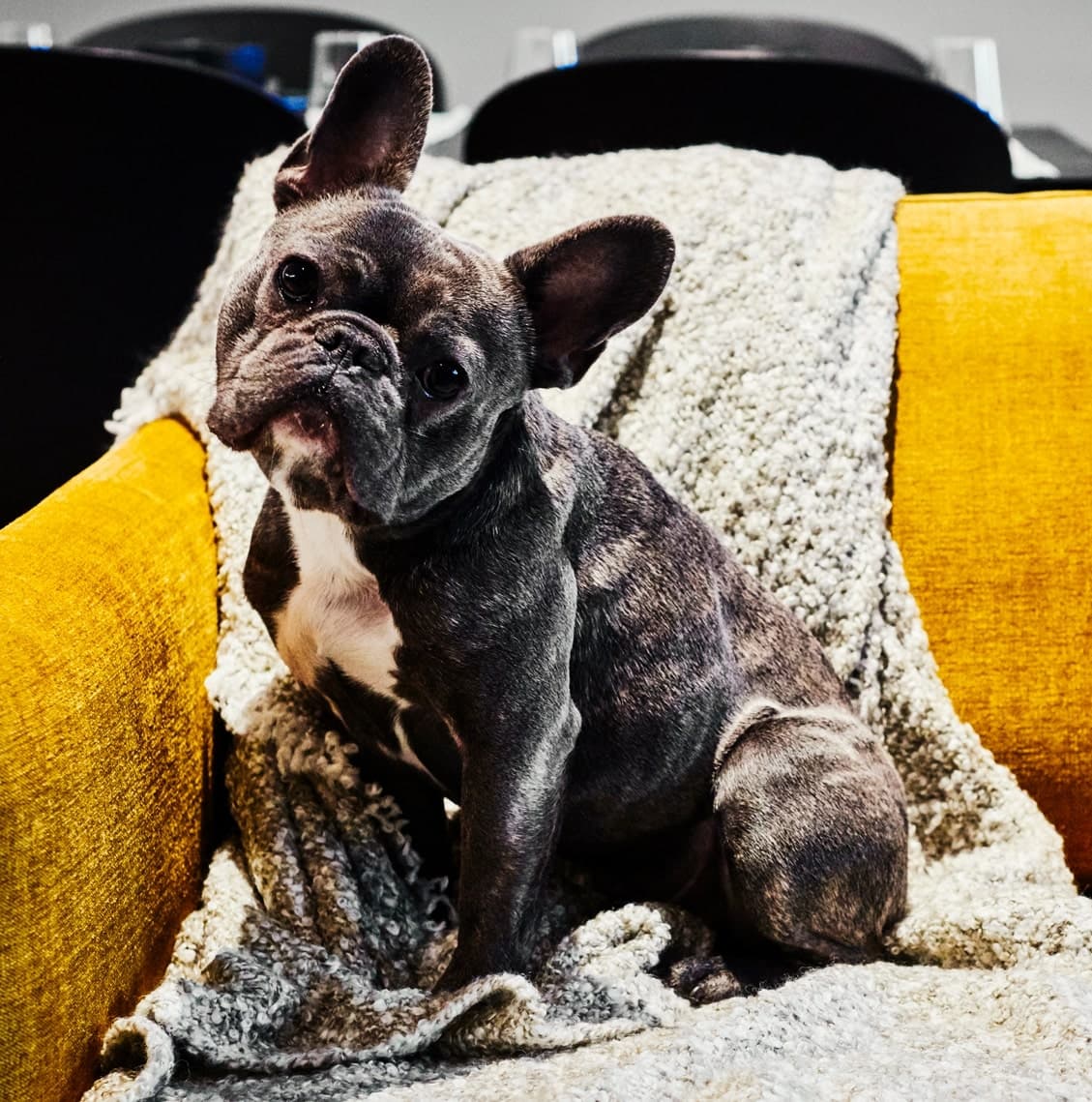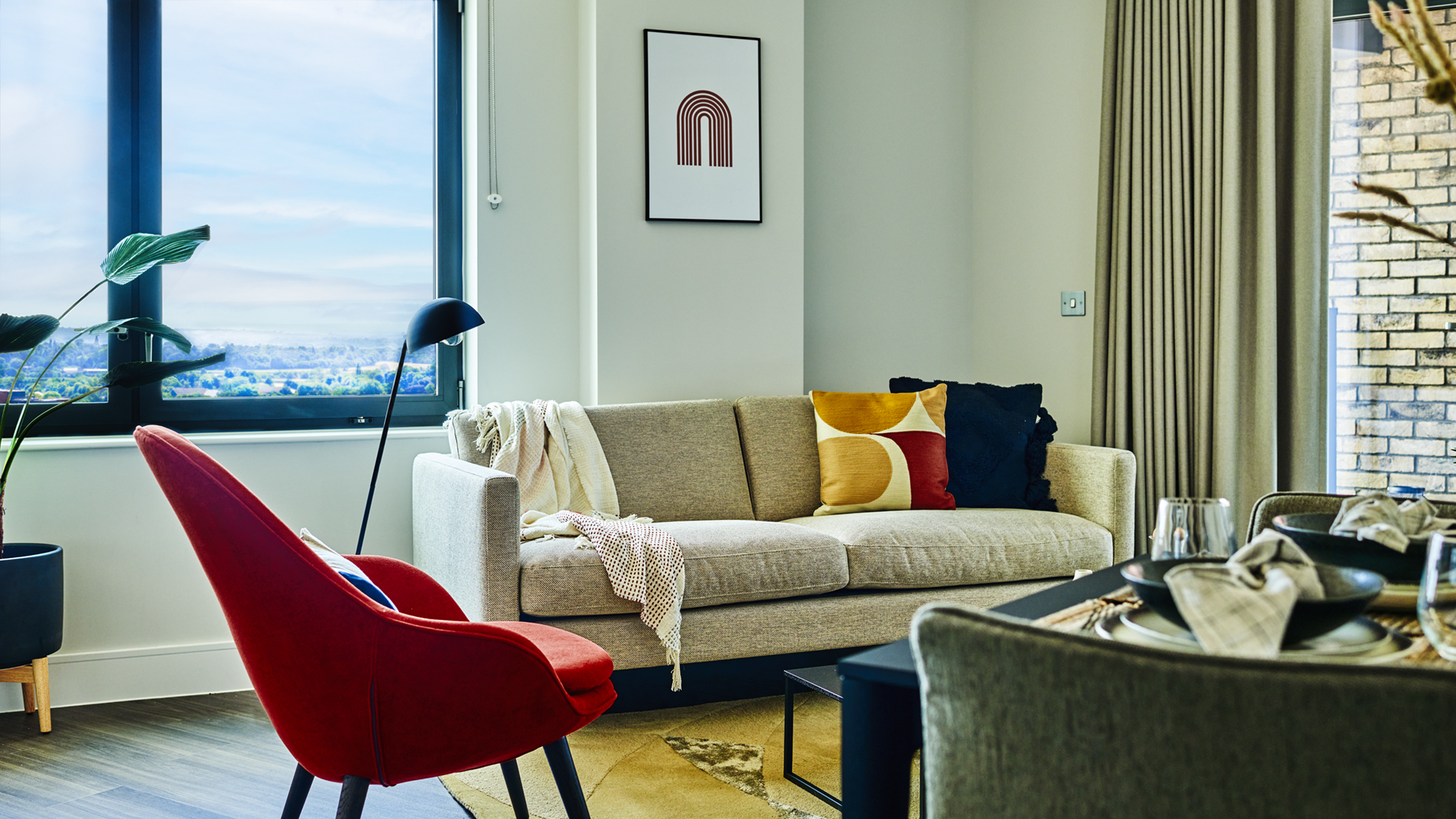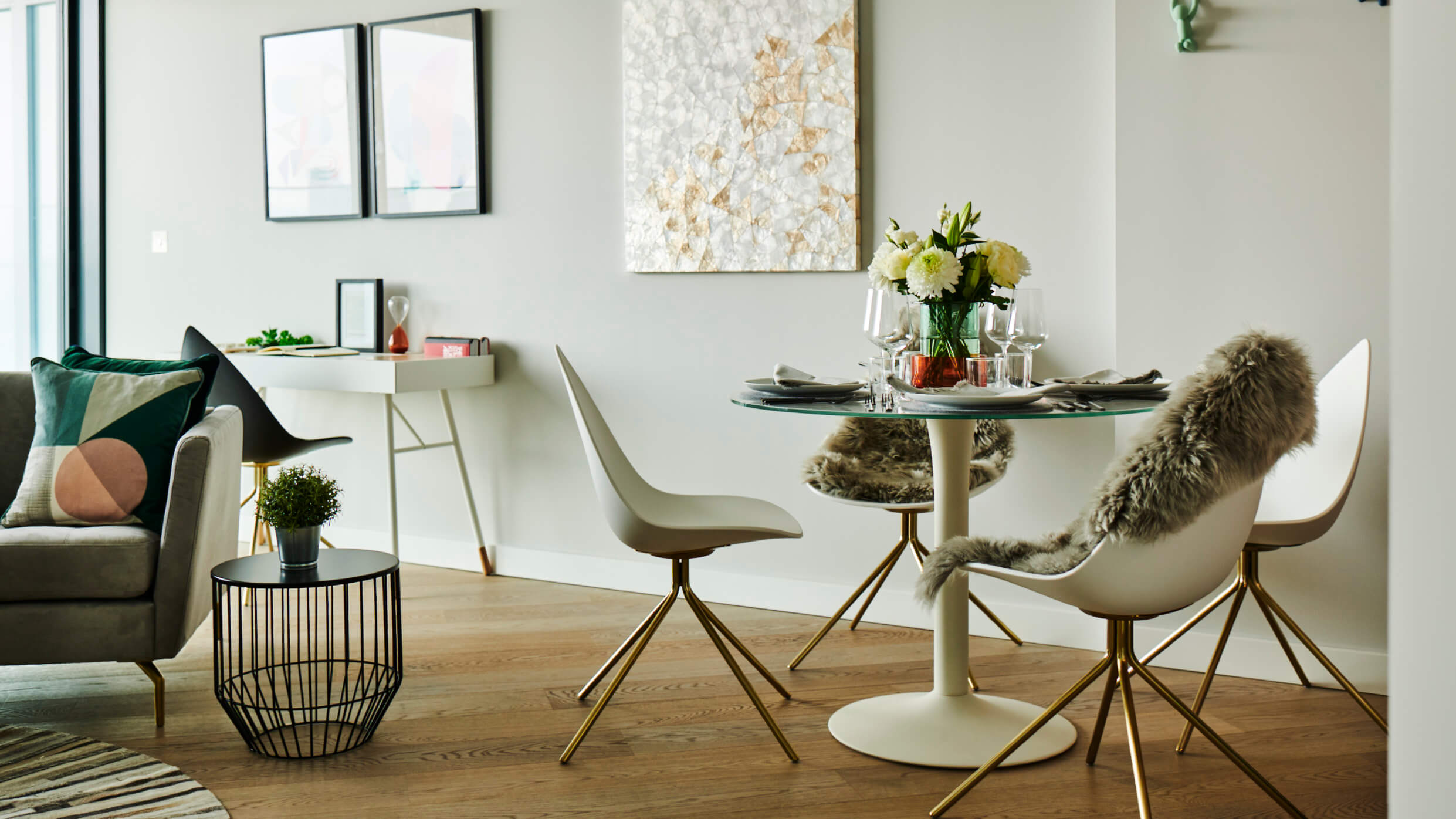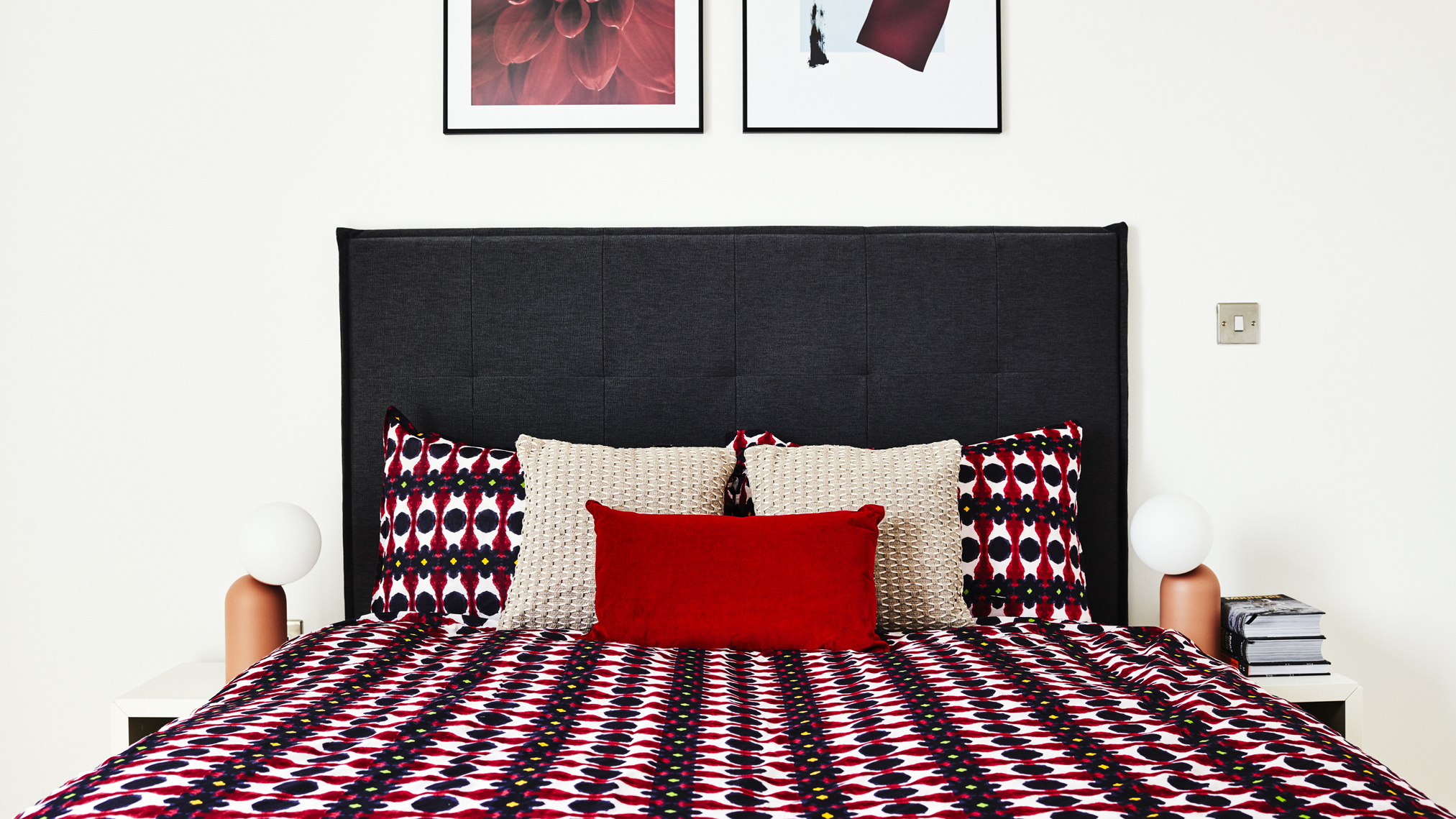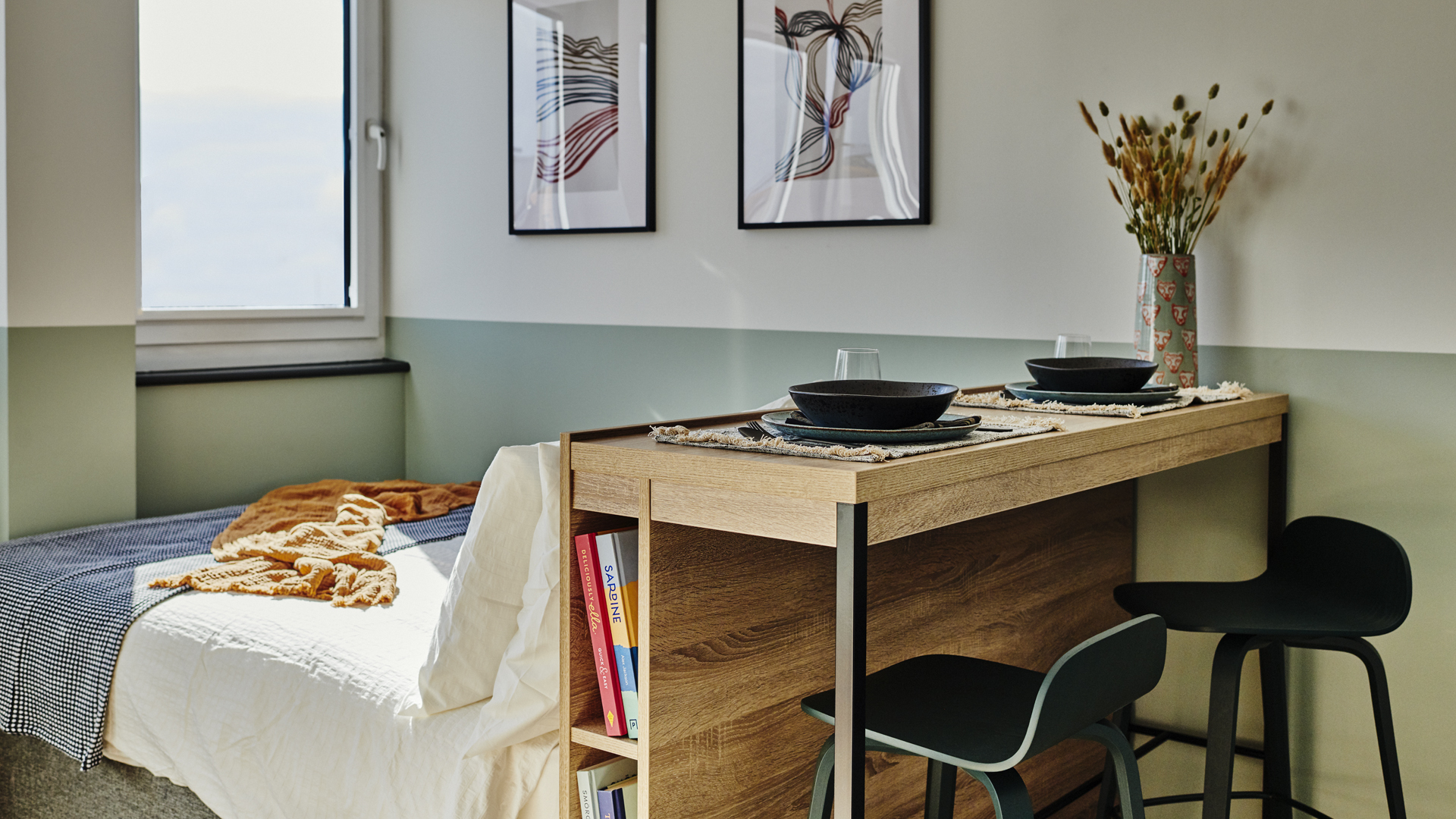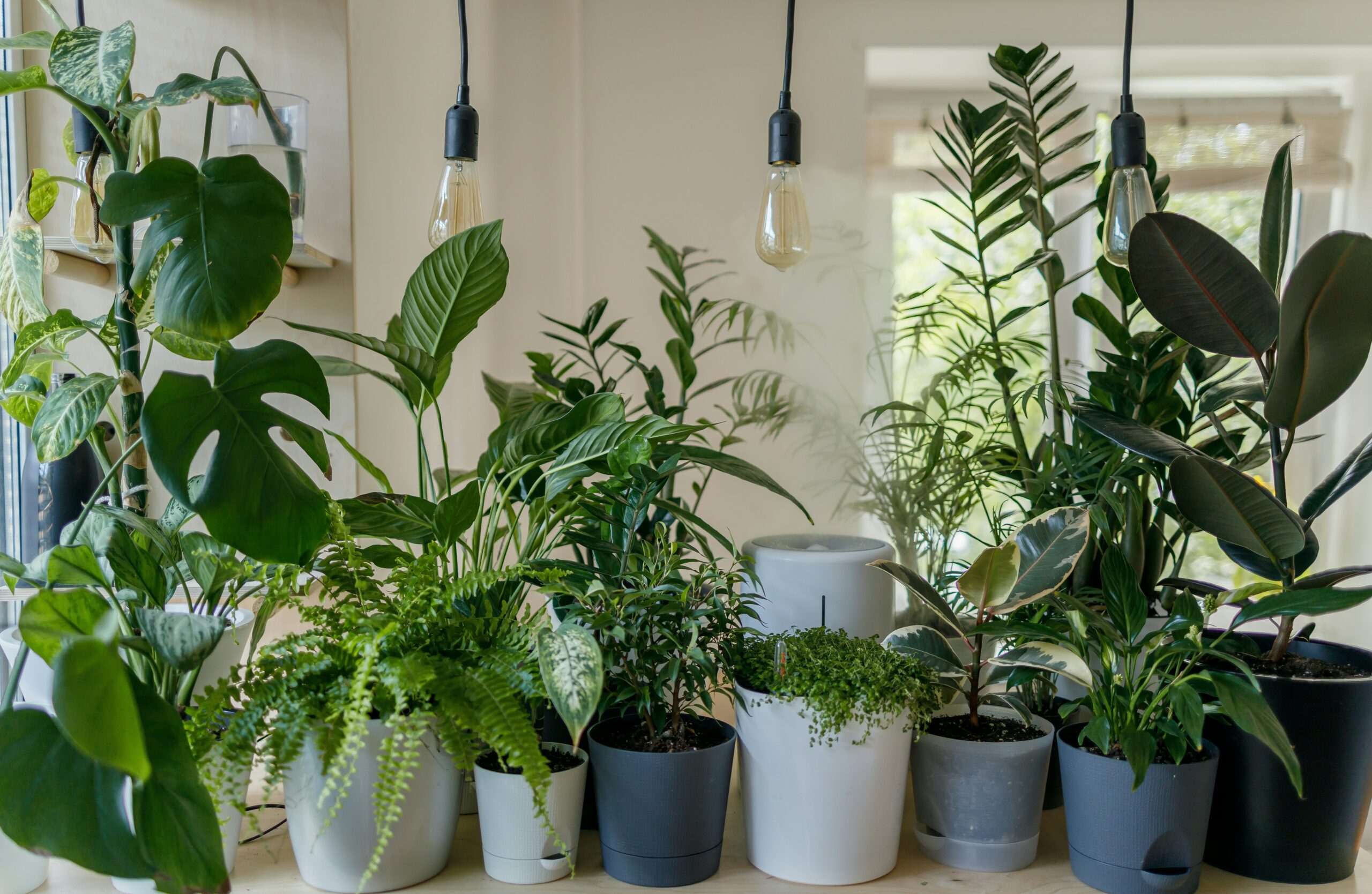
Plants for apartments: The best indoor options
Just because you live in an apartment, doesn’t mean you can’t still enjoy the life and lusciousness that comes with being a little green-fingered. Even if your apartment doesn’t have a balcony, there’s a huge amount of plants that not only survive indoors, but thrive. That way, you can live beneath a canopy of vibrant plant life… or simply have one or two house plants that bring a little character and vitality to your place.
The benefits of having plants in your home are huge. They’re proven to reduce stress, fatigue and blood pressure, so even just a couple of plants can do you a whole world of good.
But what plants are most well-suited to an apartment? In this guide, we’ll run through the best indoor plants and offer you 10 suggestions so you can add a touch of freshness and greenery to your apartment.
What are the key traits an apartment plant should have?
Apartments are often a little darker and less spacious than many houses (and certainly less so than in a garden or on a balcony), so you have to choose wisely when it comes to a house plant.
Here are some of the key traits to be aware of when it comes to the perfect indoor plant:
- Low light tolerance – Plants need to be able to thrive in low-light conditions, especially if you plan on putting them away from a window.
- Small size – Indoor plants should be small and compact and not grow rapidly or be too big. Tall is often fine, but broad is often bad news if you have a smaller space.
- Low maintenance – The best indoor plants are low maintenance, so don’t need to be watered or pruned too often.
- Air-purifying qualities – Many houseplants are great at improving the air quality in your apartment, so have more uses than simply looking great and lifting your mood.
- Don’t attract pests – Some plants can be attractive to pests, like aphids and mites, so choose wisely to lessen the risk of an infestation.
- Non-toxic – Some plants are toxic to kids and animals, so it’s important to choose wisely so you protect any curious little paws and hands.
- Hardy – Your apartment is likely to experience fluctuations in humidity and temperature, so the hardier your plants are the better. If you plan on having a plant in the bathroom, they’ll need to cope with regular high levels of humidity.
- Long lifespan – Plants that last for a long time are best for keeping indoors so you don’t have to worry about replacing them.
- Low fragrance – Some types of plants can have a strong smell, which might not be too pleasant if you’re sensitive to certain or strong odours.
- Hypo-allergenic – If you have an allergy, such as hay fever, then it’s important to choose a plant that won’t routinely set off your symptoms.
What else is there to consider?
On top of the above traits, there are also various other considerations when you’re on the hunt for the perfect house plant. This makes sure the plant you finally bring home fits into your living space and lifestyle perfectly.
So, during your trip to the garden centre, ask yourself the following questions while perusing plants:
- Does your chosen plan have the appropriate aesthetic appeal? Does it fit with your decor and will the shape and size fit in and around your furniture?
- Will it need repotting? If so, do you have somewhere to do that and provide it with the right soil and drainage?
- Is it compatible with your other houseplants? Grouping together plants that have similar requirements can make them easier to care for.
- What is your budget? A huge range of plants are affordable, but some can be on the pricier side. Have an idea of how much you’d like to spend before you commit.
- How will the plant fare through the seasons? While a plant may thrive in a certain spot during the summer, it might struggle in that same spot during the winter, so consider what it needs during each season.
List of smaller plants for an apartment
Keen to add a little life to your apartment but conscious that you don’t have much room to spare? Here’s our list of five small plants that are perfect for your apartment.
1. Pincushion
The pincushion, also known as the happy bean, is a semi-succulent that stores water when it’s dry. That means you can go on holiday and not have to worry about getting home to a sad bean. They grow in small, tight balls, which can grow a little taller as they mature. So long as your apartment stays above 10 degrees, they should make it through the winter unscathed.
2. Zebra plant
As the name suggests, the zebra plant features white and green stripes. Okay, so maybe the zebra it was named after was feeling a little peaky. They need well-draining soil and indirect sunlight, and they don’t mind when it gets a little dry. In the right conditions it can flower in the summer, so make sure it isn’t in a spot that’s too dark.
3. Snake plant
Another plant named after an animal, the snake plant is a great plant for beginners as it’s usually quite affordable and is low-maintenance. It’s recognisable thanks to its green leaves with yellowish outline, which grow like huge blades of grass. It doesn’t need to be watered very often, and during the winter you can often get away with only watering it once a month. It likes to live in warm surroundings, so avoid keeping it too close to draughty doors and windows.
4. Aloe vera
You might know aloe vera as an ingredient in some of your skincare products, but it also makes for a great little low-maintenance house plant. It’ll thrive sitting and minding its own business on a sunny windowsill and doesn’t need to be watered too often. You can also give it a helping hand every couple of months with a spot of plant food. Aloe vera is great to have in the house in case you burn yourself while cooking, as the sap inside the leaves can cool and soothe the skin.
5. Peace lily
If you don’t mind a plant that needs to be watered fairly regularly, a peace lily provides you with huge floral rewards. It has big, beautifully green leaves and flowers that appear in the spring. They’re great at helping to purify the air in your home. The only thing to bear in mind is that they can lead to sickness if eaten, so if you have younger kids or pets they don’t make for a suitable alternative to a salad.
List of larger plants for an apartment
Do you have a little more room to play with and want to fill it with a houseplant that doesn’t just have to squeeze in somewhere? Here are five larger plants that would work well in an apartment.
1. Mother-in-law’s tongue
Don’t worry, it’s not really your (or anyone else’s) mother-in-law’s tongue. It’s actually another name for sansevieria trifasciata, but that’s not quite as easy to say and doesn’t invoke the same sort of mental image. Mother-in-law’s tongue features upright leaves that are sword-like in shape and even flowers during the summer months. It can grow to over a metre tall, so make sure it’s not on a high shelf and it avoids full sun in the summer.
2. Arrowhead vine
The arrowhead vine is named after the arrowhead shape of its leaves which can be various shades of green and pink. They love life indoors, where the warmer and more humid it is the better, so make for a great choice for a spot in the bathroom. Make sure the soil is well-draining, but it doesn’t need to be watered too often. It can be trained to grow in different directions, so you can have it spread out or grow vertically. If you have cats and dogs it’s probably not one for you, though, as it’s toxic to four-legged friends.
3. Chinese evergreen
The Chinese evergreen does incredibly well in rooms with low light and adds a touch of tropical greenery thanks to its big leaves. They can grow fairly tall and wide, so need a decent amount of space as they mature. They only need to be watered when the soil completely dries out – even less regularly during the winter. They like humidity, so will do well in a kitchen or bathroom. The only thing to be aware of is that they’re toxic if eaten, so one to avoid if you have little ones.
4. Rattlesnake plant
Rattlesnake plants are a great larger houseplant for beginners as they’re incredibly hardy and don’t mind being forgotten about from time to time. They have recognisable frilled leaves and can grow fairly quickly, blooming yellow flowers in the spring. If you make sure you keep it away from direct light and draughty spots, you’ll have a fantastic floral housemate to keep you company for years to come. And unlike its namesake, it’s not venomous, so result!
5. Swiss cheese plant
If you’re a cheese fan, then you really can’t get a more appropriately named large indoor plant than the Swiss cheese plant. It has huge, vibrantly green leaves which have naturally occurring holes in them (hence the name!), so don’t panic thinking you’ve been invaded by pests. It can grow up to two metres in height inside and grow very fast, so be prepared to do a little pruning to stop it from engulfing your entire apartment. It doesn’t need to be watered too often, but you might need someone to pop in every couple of days when you go on holiday. It’s toxic to pets, so be wary of this if you do have a cat or a dog.
Caring for your indoor plant
Once you’ve chosen your plant and brought it home, you need to make sure you care for it in a way that ensures it flourishes and lives for many years. For most plants, while they can be relatively low-maintenance, they might need more than just watering every once in a while. Every type of plant will have its own specific requirements, so make sure you learn all about how to look after them properly. This includes understanding:
- Light requirements, such as if they need direct or indirect sunlight
- How often they need to be watered, which may differ depending on the time of year
- The levels of humidity it requires, which is often high for many houseplants
- What sort of temperature it needs to live in and if it will be affected once the temperature drops
- Whether or not you need to add fertiliser or plant food to the soil
- How often you may need to prune or clean the plant
- Whether the plant will need to be repotted as it grows
See what living with UNCLE is like
Now you know a little more about the best indoor plants, you can start your search for a plant for your apartment. At UNCLE, we offer a range of fully serviced apartments in cities across the UK. See what living in an UNCLE apartment is like and start your next adventure.
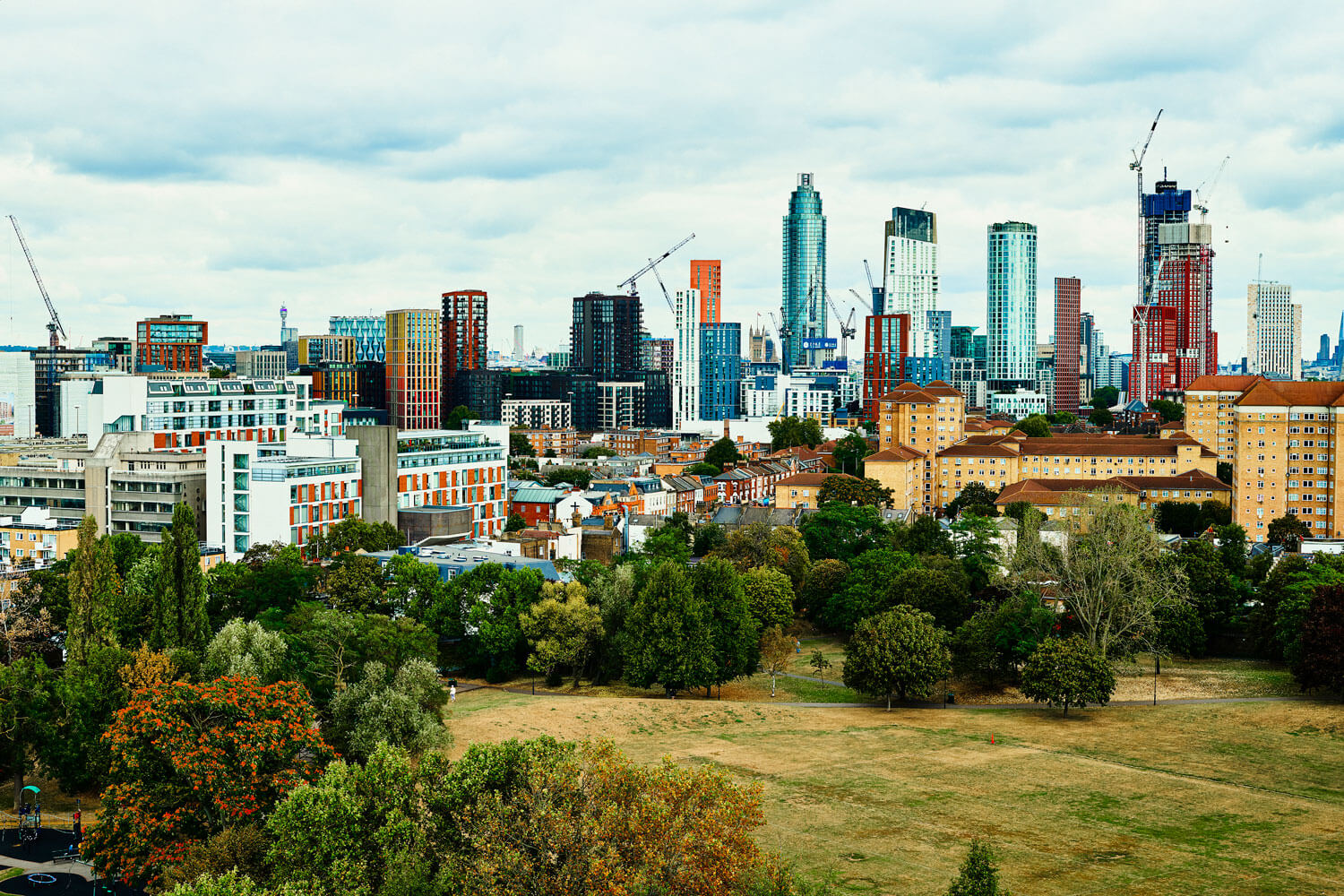
What Is It Like To Live In Stockwell?
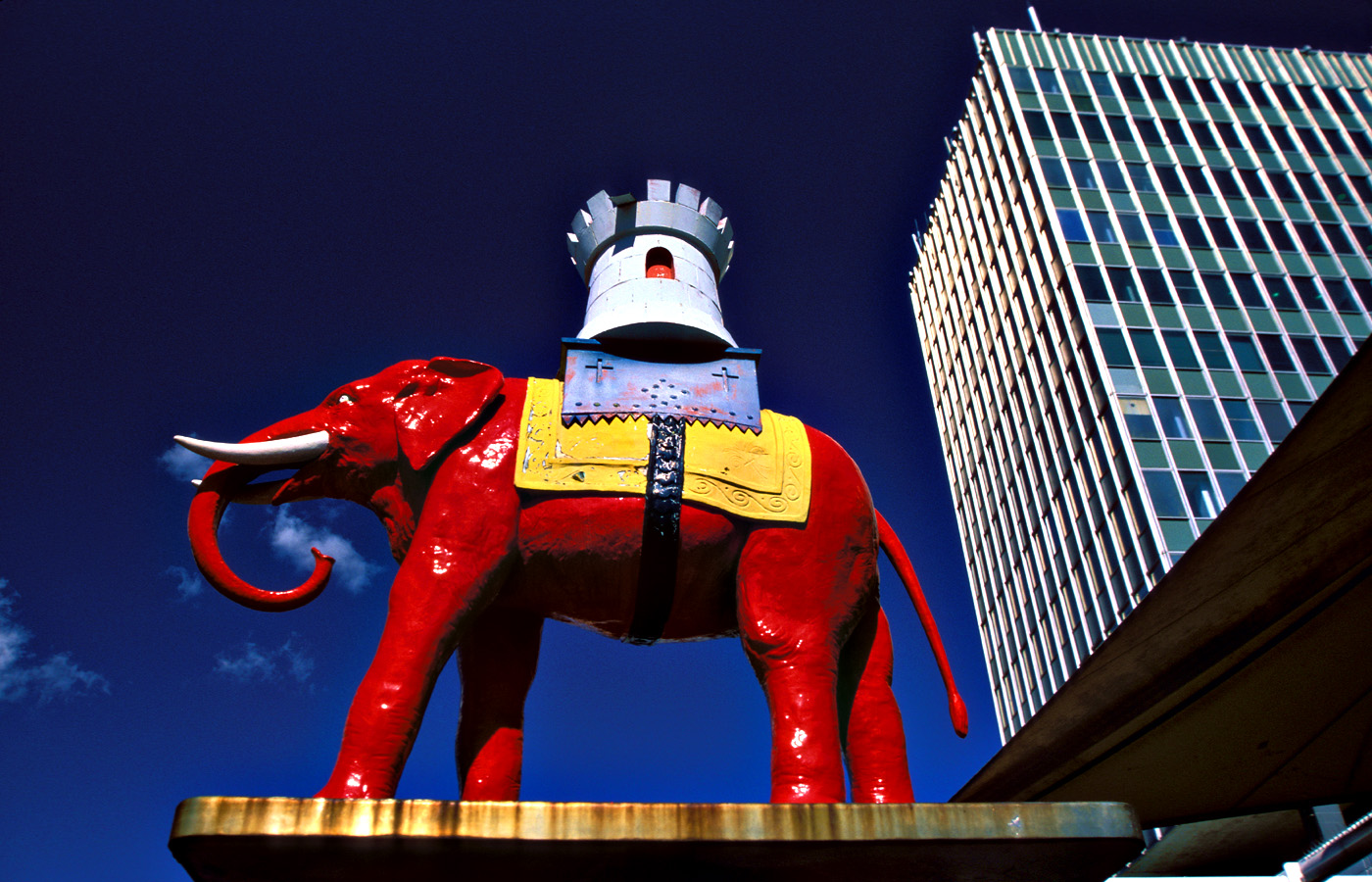
What is Happening with the Elephant & Castle Redevelopment?






